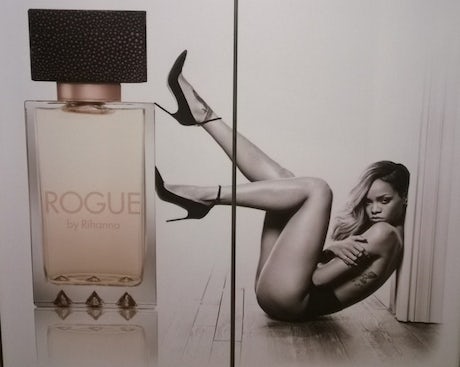Honey Birdette
In 2017, Australian lingerie brand Honey Birdette released a campaign called ‘Office Party Time’ where women were shown wearing lingerie while surrounded by fully clothed men. The images suggest that the women are the product available for purchase (rather than the lingerie) and that a woman’s role in the workplace is to serve and arouse.
Ad Standards received multiple community complaints that these ads sexualised and objectified women.
Honey Birdette has a history of using sexualised images and arguing that it empowers women.
But regardless of the brand’s intentions, sexualisation and objectification are proven to have damaging impacts on women’s body image.
Find out more about the health impacts of gender inequality in advertising.
Learn more















